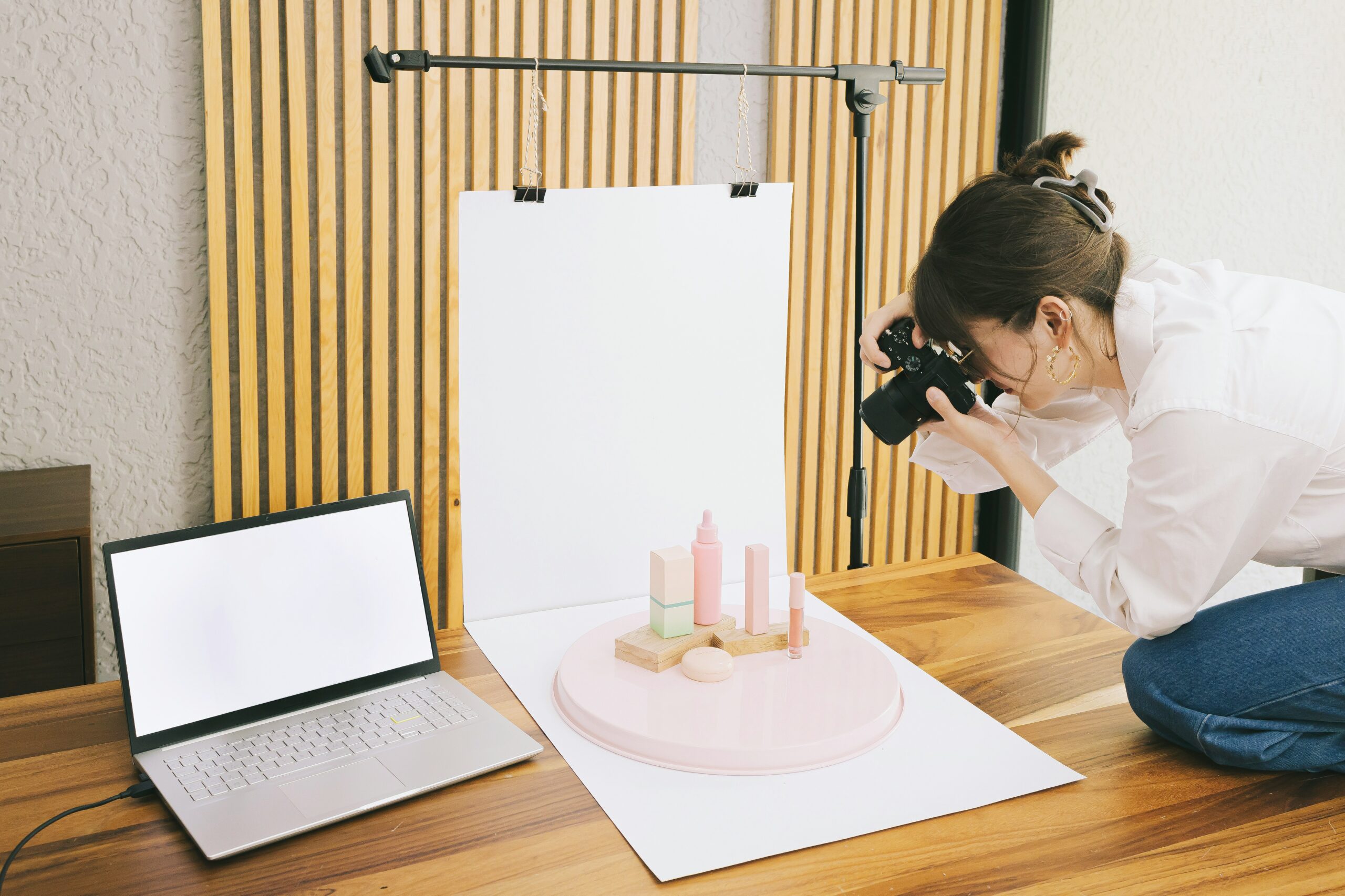
Photography and art share an intimate connection—each relies on light, perspective, and emotion to tell a story. Yet, photographing art demands a special kind of precision. Whether you’re an artist showcasing paintings, sculptures, or mixed-media creations, how you capture your creative work can define how the world perceives it. High-quality images reflect your artistic integrity and influence how your creative work is shared, sold, and remembered. When done right, photography becomes an extension of your creative work, allowing your art to shine authentically and clearly.
Understanding the Importance of Accurate Representation
Your artwork uses color, texture, and detail, so your photographs should echo that same language. One of the most prominent challenges artists face is ensuring that the photographed version of their creative work mirrors the original piece. A poorly captured image can distort colors, flatten textures, or misrepresent scale, diminishing the art’s impact.
Lighting plays a critical role in achieving accurate representation. Natural light is often the most reliable option, especially when diffused and even. Indirect sunlight from a north-facing window or an overcast sky can reveal the nuances of your creative work without creating harsh shadows or glare. Consistent artificial lighting using softboxes or LED panels for indoor setups can produce professional results.
Color accuracy is another essential consideration. To ensure faithful reproduction, consider using a color calibration chart when shooting. It helps maintain consistent tones during editing, so your reds stay rich, your blues remain deep, and your whites don’t turn gray. Viewers should feel like they’re standing before the original creative work, not a digital imitation.
Mastering Composition and Framing
Once your lighting and setup are ready, composition takes center stage. The way you frame your artwork can determine how effectively it captures attention. Precision in composition doesn’t just mean centering your piece—it means creating balance, clarity, and context that flatter your creative work.
Position your camera parallel to the surface to avoid distortion if you’re photographing a flat artwork such as a painting or drawing. Even a slight angle can warp lines or alter proportions. Use a tripod to maintain stability and symmetry, ensuring your image is crisp and correctly aligned with the edges of your creative work.
Including some environmental context can also be effective. For example, placing a sculpture in a softly lit studio or showing a painting on an easel can give viewers a sense of scale and authenticity. However, be selective—too many background elements can distract from the creative work.
Ultimately, your composition should honor the artwork’s intent. If your creative work conveys movement, energy, or serenity, the photo should mirror that feeling. Precision in framing ensures that viewers experience the same emotion you intended when creating the piece.
The Role of Detail and Texture
Experiment with light positioning if your creative work involves metallic, translucent, or mixed materials. Minor adjustments can create dramatic effects. For digital reproductions or prints, shoot in RAW format to retain every bit of data for editing later. This gives you flexibility to fine-tune exposure and contrast while preserving the texture and character of your original creative work.
Every brushstroke, carving, or fiber in your creative work carries meaning, so showcasing texture is vital. A photograph that captures these details allows your audience to feel the essence of your craft, even from behind a screen. To achieve this, focus on sharpness and depth.
Using a high-resolution camera allows you to preserve the subtle elements of your creative work. Even a well-equipped smartphone can produce stunning results if handled with care. Ensure your focus is spot-on—slightly off-focus shots can make textures dull or flat. A narrow aperture (higher f-stop) provides a deeper depth of field, keeping the entire creative work sharp from edge to edge.
Editing with Purpose and Precision
Post-processing is where your images transform from good to professional. However, editing should enhance—not alter—the integrity of your creative work. Precision is key. You aim to replicate the art’s actual appearance, not reinvent it.
Cropping is another subtle yet powerful tool. It removes distractions around the edges while maintaining the proportions of your creative work. Ensure there’s enough breathing space so the image doesn’t feel cramped. When saving files for online use, balance resolution with size—high enough for clarity but optimized for quick loading.
Before finalizing, always compare your photo with the physical creative work under similar lighting. This step ensures your edits haven’t unintentionally shifted colors or contrast. Precision editing takes patience, but the reward is a faithful and visually striking representation of your creative vision.
Presenting and Sharing Your Work Effectively
Once your photos are ready, the next step is presentation. How you share your images can influence how audiences perceive your professionalism and artistry. Whether building an online portfolio, submitting to exhibitions, or promoting your creative work on social media, presentation matters as much as the photograph itself.
In printed materials such as catalogs or promotional brochures, invest in professional printing that preserves your photos’ quality and color integrity. Poor printing can dull even the best images, undermining the professionalism of your creative work presentation.
Photographing art is both a technical skill and an artistic act. It requires patience, observation, and a deep respect for your creative work. Each photo becomes a bridge between your creation and the world—a way for others to experience your imagination and effort, even from afar.
Mastering accurate representation, thoughtful composition, and careful editing ensures that your creative work shines authentically. Precision doesn’t stifle creativity—it refines it. Through the lens, your creative work can reach new audiences, open new opportunities, and inspire fresh perspectives.